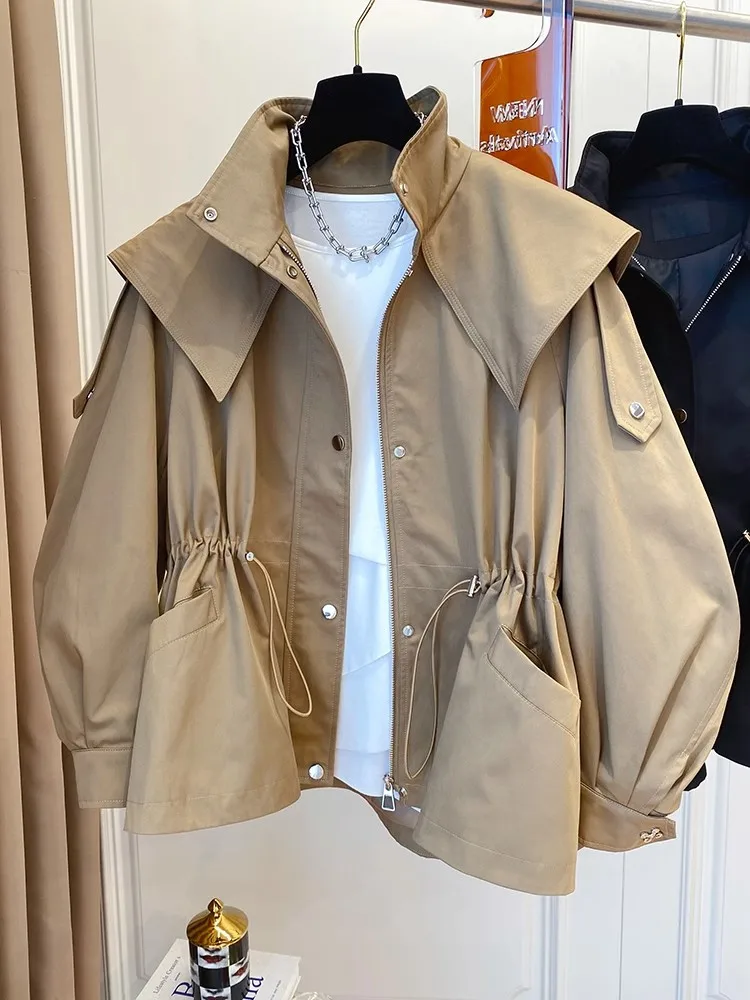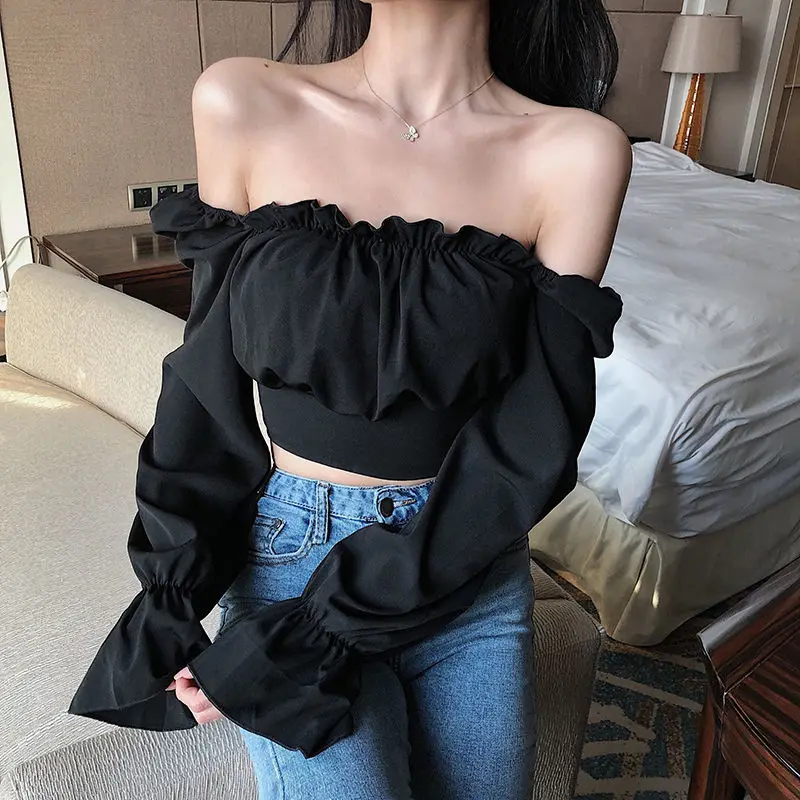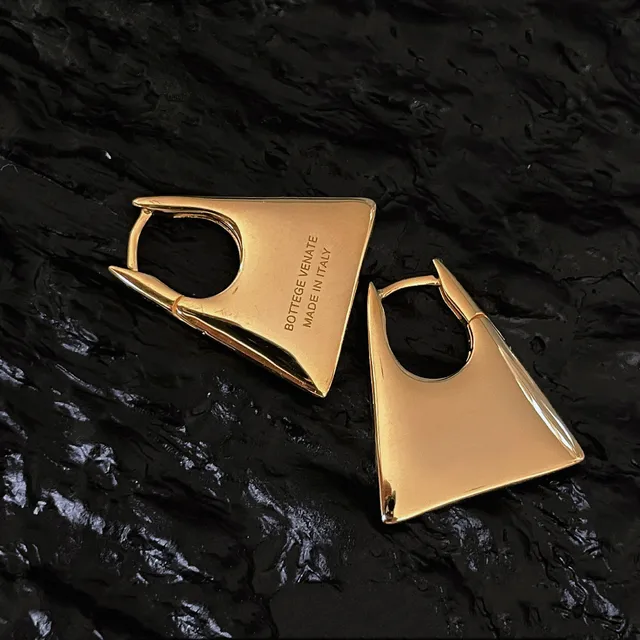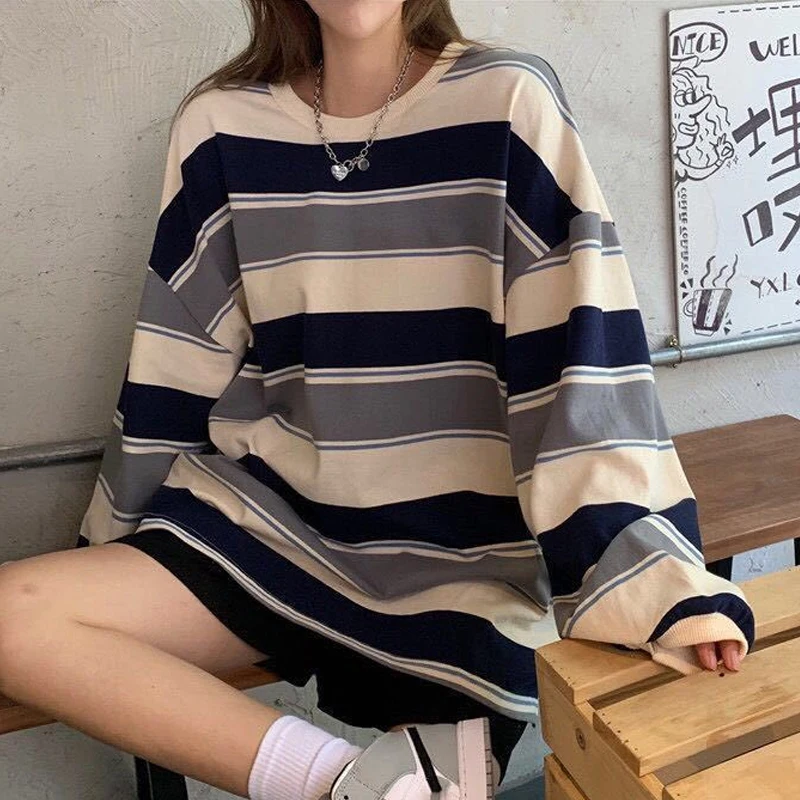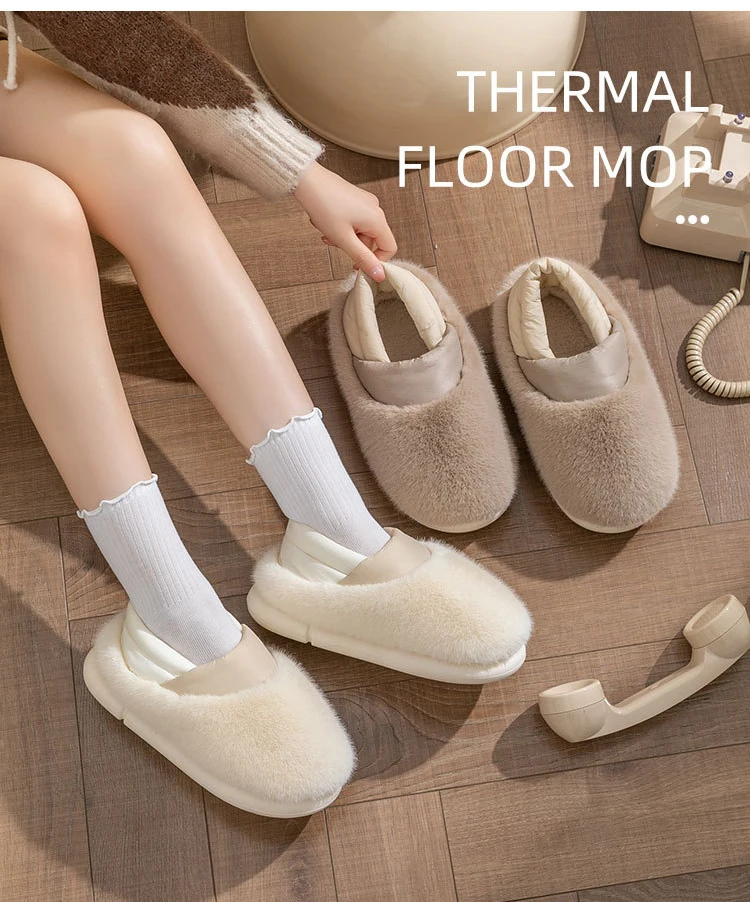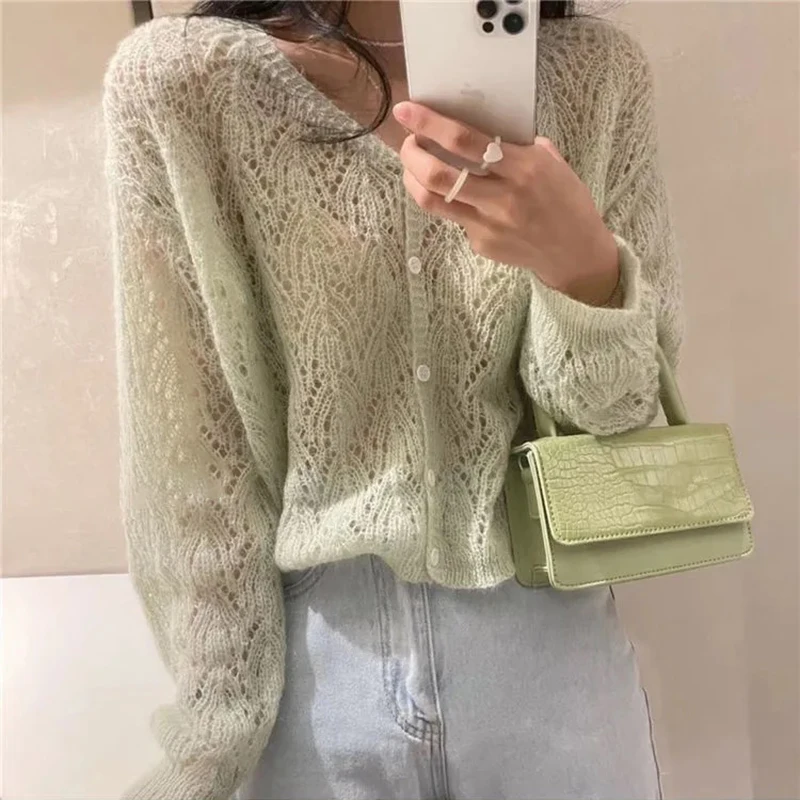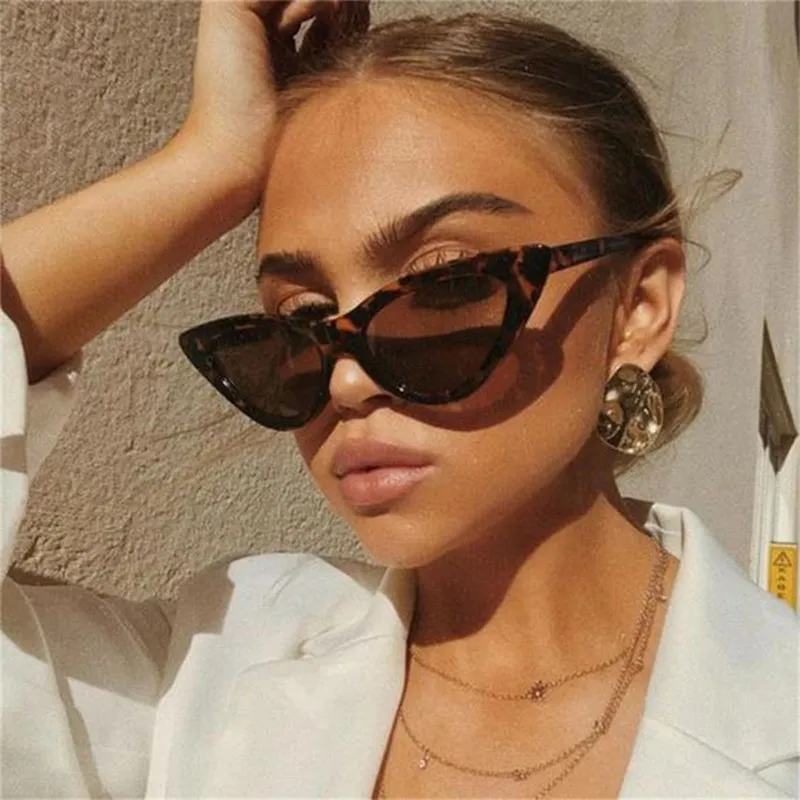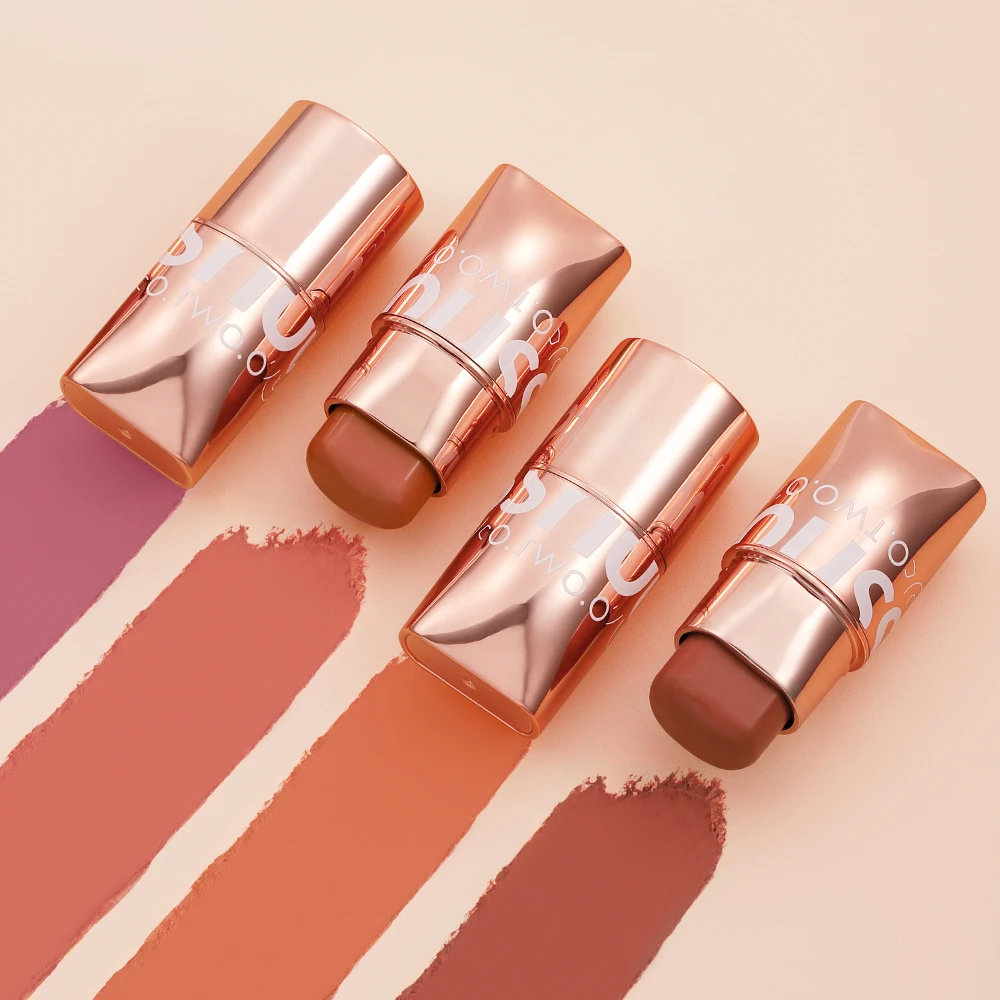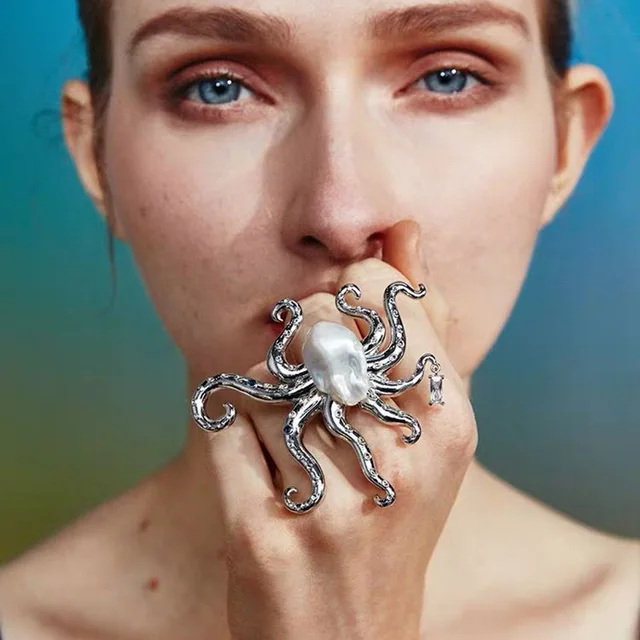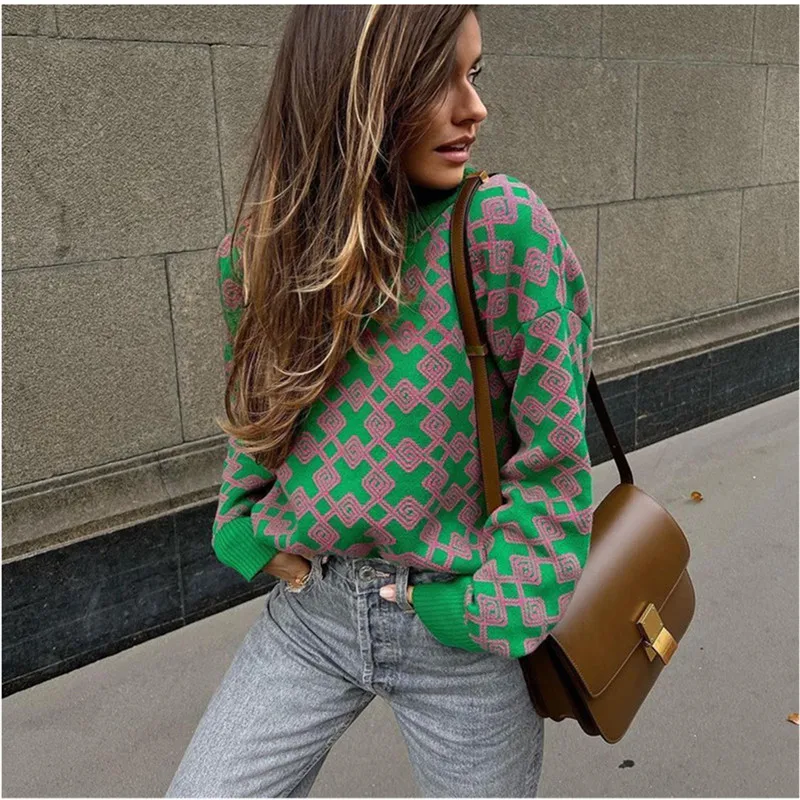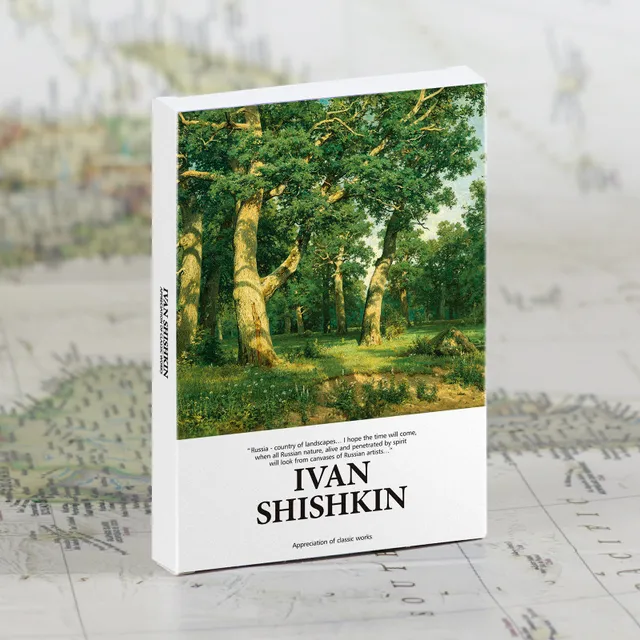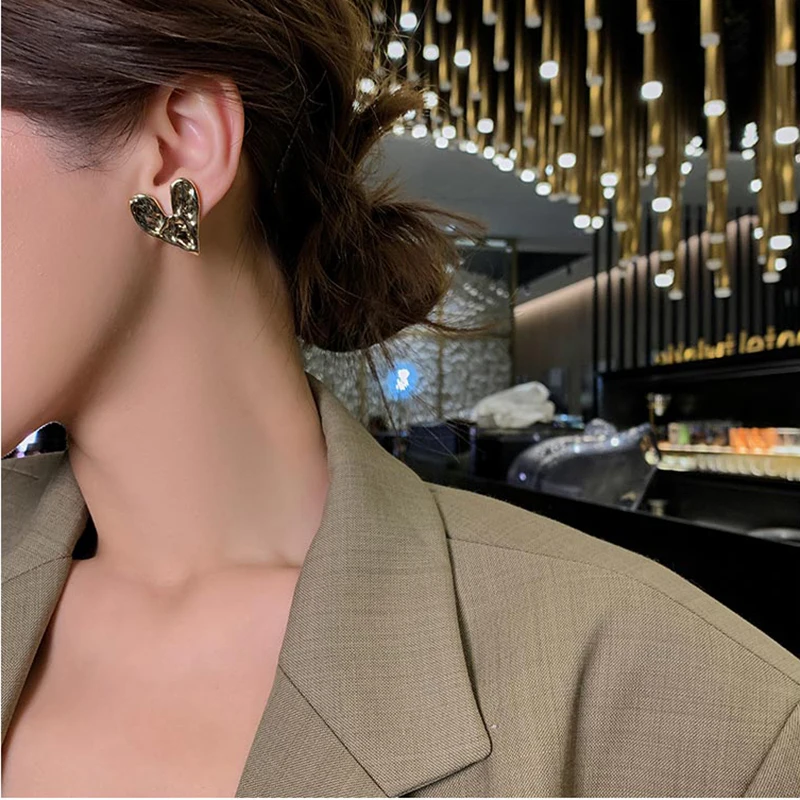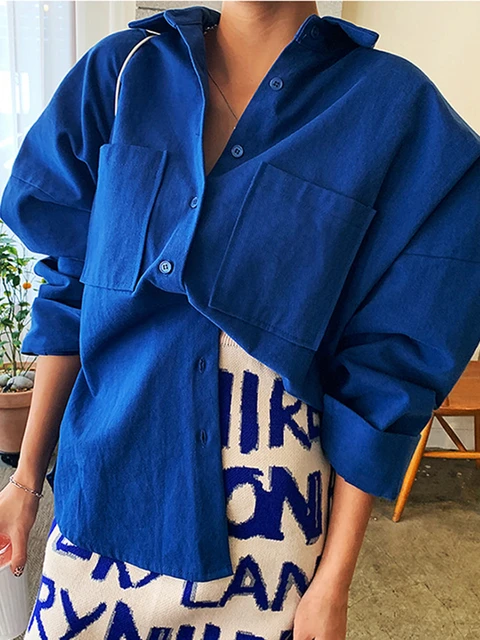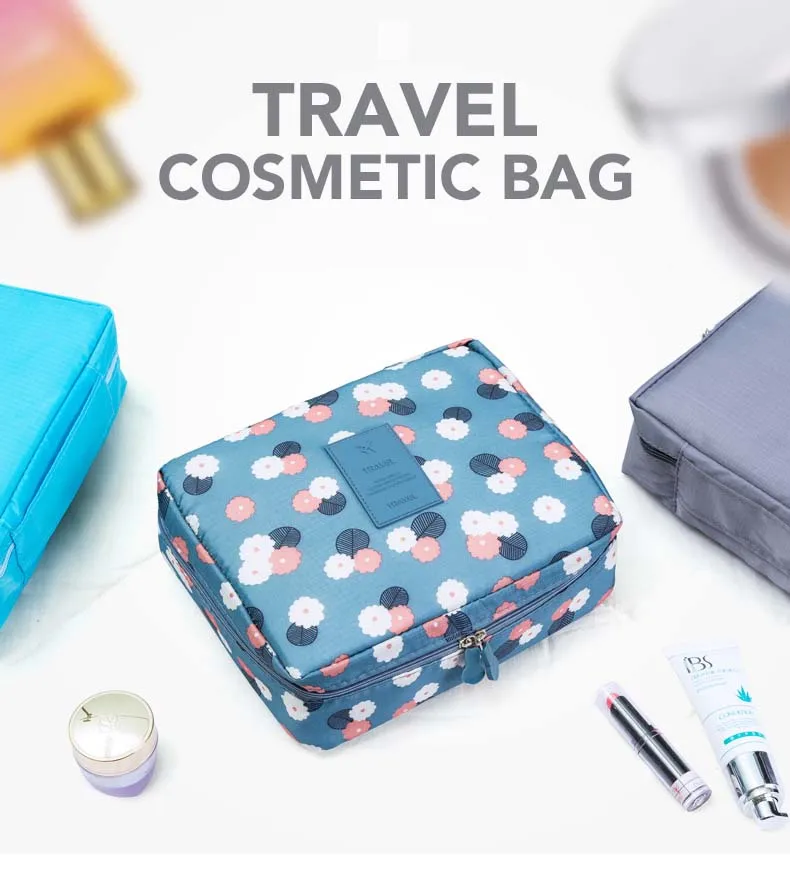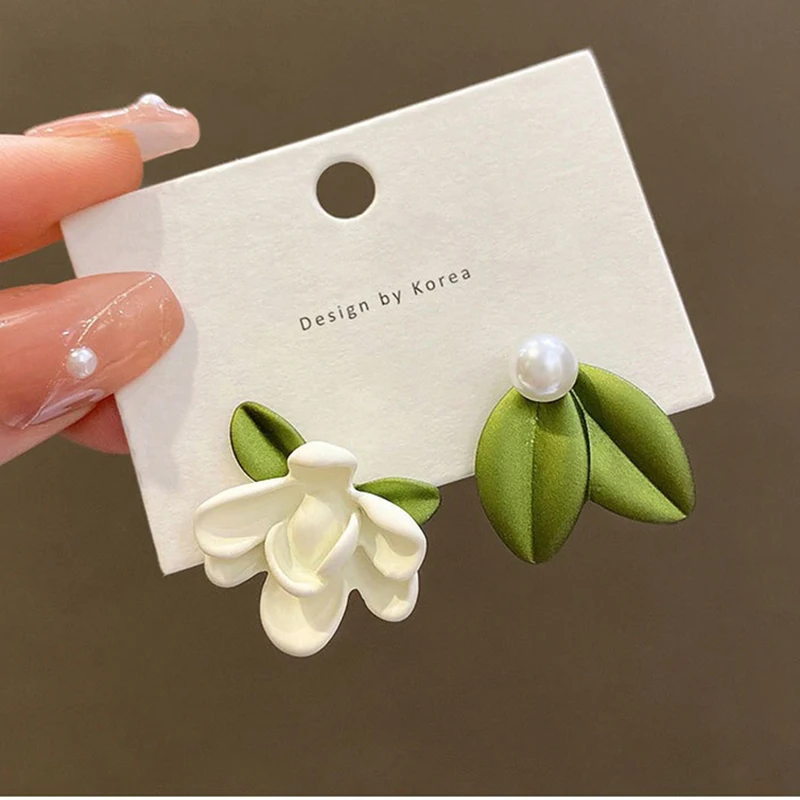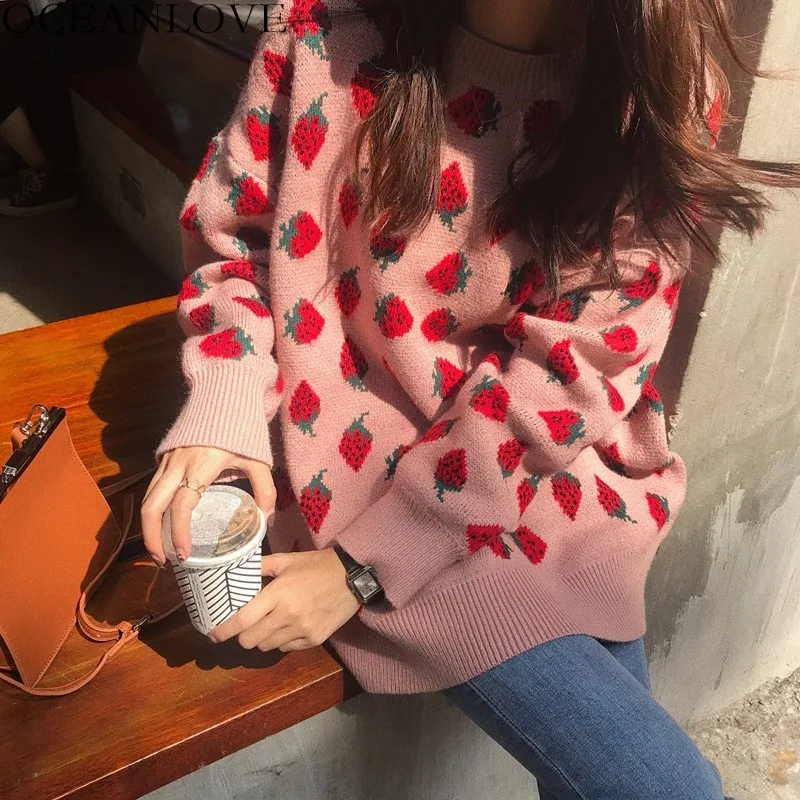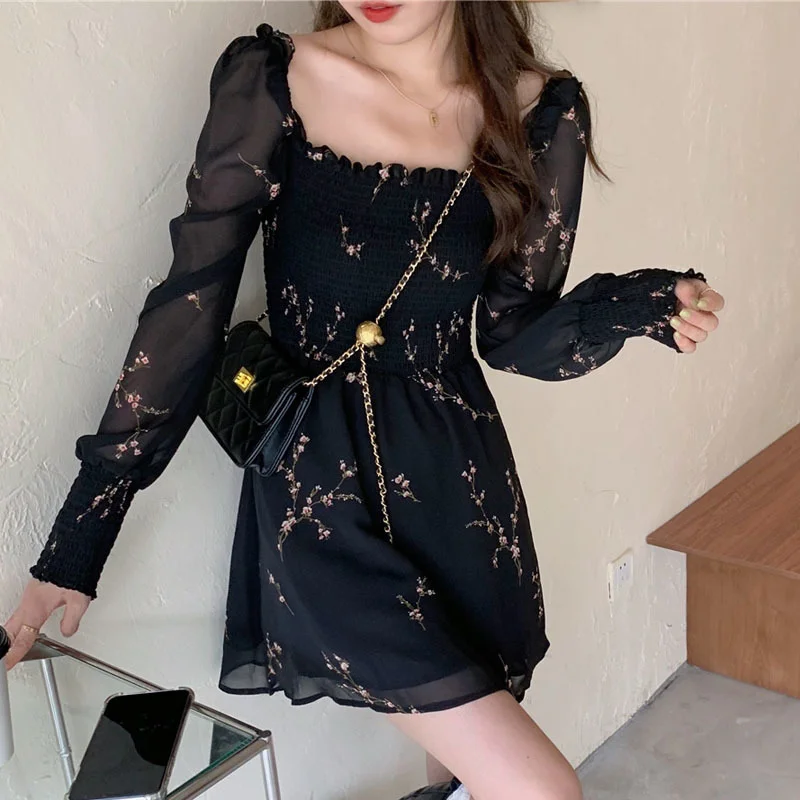We sit down with interior designer to discuss her transition from fashion to interior design and how it influenced her understanding of colour, form and detailing.
Soon after making the pivot from fashion to interior design, Nina Maya founded her namesake studio in 2012. Known for her tailored and expressive approach to design, Nina’s work reveals a pre-existing knowledge of textiles, a penchant for custom furniture and a fascination with how light can transform a space. Currently working on her first-ever overseas commission in the states and several high-end local and interstate projects, we sat down with Nina Maya to learn more about her favourite materials and why collaboration is at the heart of her design practice.
You began your career in fashion as a textiles graduate, soon becoming the head of Italian fashion house Grazia Bagnaresi. What marked your pivot to interior design?
Nina Maya: I launched my youth label under their company before going out on my own. Having run a fashion business for six years since the age of 20, I was burnt out and wanted a change. Pivoting into interiors was a natural transition as I quickly found that it utilised a lot of the same skill set in terms of working with colour, forms, materials, clients and suppliers.
What did you learn from your time in fashion and textiles that you’ve been able to translate as an interior designer?
Nina Maya: I learnt invaluable lessons about running a national company, managing staff, budgets, finances etc., and a lot of the creative skills were easy to transfer. I was fortunate that my first few interior clients were fans of my fashion company.
I like to ‘dress’ interiors with the same ethos that I approached my fashion career. That is to say, I always started with a minimal clean and neutral base and then added interest through accessories. In the same sense, with my interior schemes, I like to create a clean slate with a refined neutral material palette and then add what I like to call jewellery – feature lighting, unique pieces of art and custom furniture.
On the flip side, could you please share some key learnings in your transition from fashion to interiors?
Nina Maya: I had to learn and build up a book of reliable trades quickly. Having no background in interiors, I had to hire people with different skill sets to mine to draft and translate my ideas and concepts into technical drawings. The thing I love most about my job is you are constantly learning and improving and experimenting with new materials and techniques.
Many transferrable skills from fashion to interiors include working with colour, form, and structure. However, the new skills honed were more around spatial awareness and playing with light and all the magical ways it can transform one’s experience of a space. Lighting is one of my favourite tools to employ in interiors, whether it be feature light, to architecturally integrated task lighting that is discreetly concealed. The acquisition of this skill is still ongoing in the practice of daily experimenting, analysis constant learning through each project.
Do textiles still play an important role in your work?
Nina Maya: Yes, I love working with – they are such a great way to soften our otherwise minimalist spaces and bring warmth and textural depth into a home.
What materials do you favour in your residential projects – why?
Nina Maya: I always favour high-quality natural materials that won’t age with time but will develop a nice patina. I adore working with natural stone and marble as features in our homes.

by Nina Maya Interiors | Photography by
What is the importance of collaboration to your design practice?
Nina Maya: Collaboration is so important; everything we do is a collaboration between our design and architecture teams and then during construction with all our incredible builders, trades, craftsman and artisans who all work so hard to bring our vision to life.
Your studio focuses on custom detailing in your interiors, particularly custom furniture. What does this say about your design approach?
Nina Maya: We love providing custom and bespoke solutions to our clients. We enjoy the challenge of creating something new and unique and love collaborating with all our talented cabinet makers, upholsterers, metal workers and glass workers to push boundaries.
What can we look forward to from Nina Maya Interiors in the next year?
Nina Maya: We are currently completing our first overseas commission in America which we are so excited about, on top of several local and interstate high-end residential commissions due for completion next year. We are also launching our architecture arm Maya Sternberg Architects, with our long term collaborator Colin Sternberg.
“The thing I love most about my job is you are constantly learning and improving and experimenting with new materials and techniques.”
– Nina Maya

by Nina Maya Interiors | Photography by and
Design Insider’s Guide:
Favourite local designer? Landscape architect .
Favourite design stores? and .
Favourite galleries or spaces? , and .
Where do you go to look at great design? Online, in books, travel.

Nina Maya
The post appeared first on .












